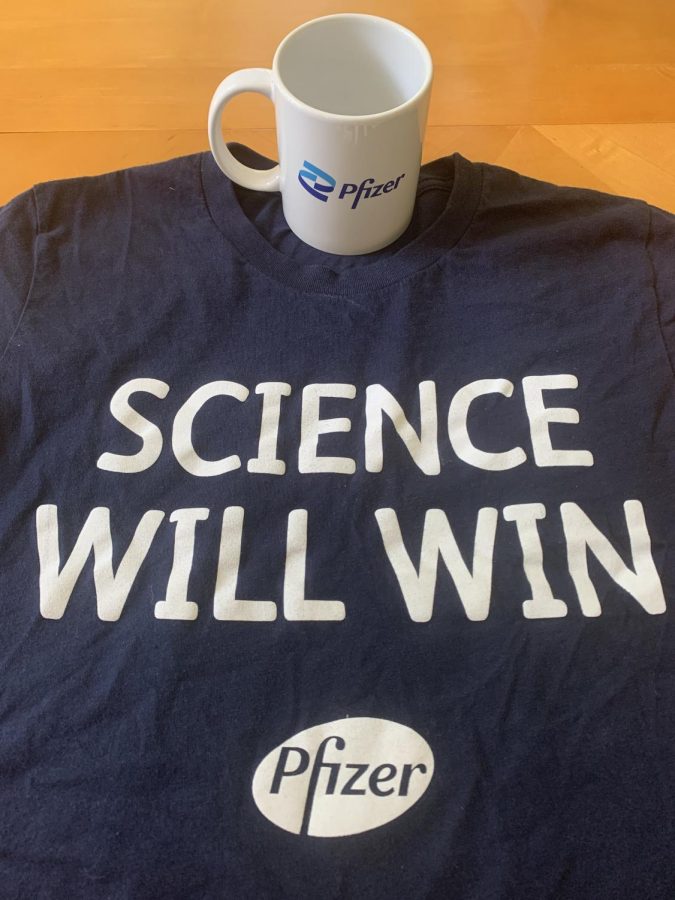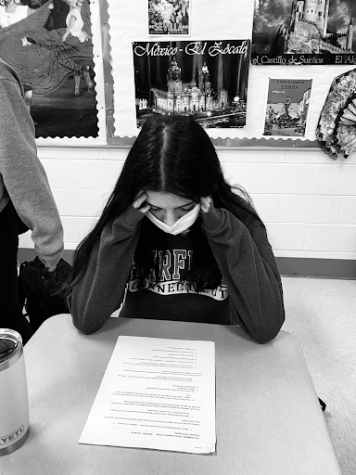The Small-Scale Nanoparticles and Large-Scale Community Behind the Pfizer Vaccine
An hour away from Ludlowe, at Pfizer’s Groton, Connecticut site, Senior Director Laurie Chipperfield oversees the manufacturing of lipids that are essential to the Pfizer-BioNTech COVID-19 vaccine. To confront the unpredictable COVID-19 pandemic, Pfizer developed a complex yet organized manufacturing process for its vaccine. Prospect Features Editor Lauren Ji interviewed Chipperfield to learn more about the process and the people behind the Pfizer vaccine.
The Pfizer vaccine is a messenger RNA (mRNA) vaccine, which protects against infectious diseases, such as COVID-19, in a different way from previous vaccines. Traditional vaccines, such as those for chickenpox and whooping cough, are composed of weakened and deactivated viruses, respectively. However, Pfizer’s vaccine does not inject the actual COVID-19 virus into the body, in order to build up immunity. Instead, the mRNA instructs the body on how to make a spike protein, thereby triggering the production of protective antibodies and creating an immune response against COVID-19.
Even though lipids are not active ingredients in the Pfizer COVID-19 vaccine, they are crucial to the function of it. Small lipid nanoparticles transport and protect mRNA, which is the only active ingredient. According to Chemical & Engineering News, “Lipids are an unsung component in the two mRNA based shots…To get the genetic material to its target cells, vaccine developers combine [mRNA] with a mixture of several sophisticated lipids to form lipid nanoparticles.”
There are four lipids within the Pfizer vaccine, each with a distinct role. The two most complex lipids are made at the Groton site. Chipperfield shares, “One of [the lipids] encases the actual RNA that are in these very small lipid nanoparticles, and the other one encases the whole lipid nanoparticle.”
The manufacturing of these lipids is a complex process that involves filtration and distillation of solvents, then stirring, heating, and cooling with chemical tank reactors. The Groton site is able to manufacture 5 kilograms of a lipid in a single batch! Once the lipids have been produced, one is a powder that needs to be dried, and the other is an oily substance that comes out as a viscous liquid. Then, “[The lipids] go cold-stored to all different parts of the world, where they will use it in the vaccine manufacture,” says Chipperfield.
According to the CT Post, in Connecticut alone, over 4.4 million residents have been vaccinated, and almost 2.5 million have received their first shot. Pfizer’s COVID-19 vaccine has helped strengthen the FLHS community by ensuring the safety of in-person learning, sports games, concerts, plays, and more. The development of this vaccine revolves around a community as well. Chipperfield explains, “We have hundreds of people just on that one project alone that touched parts of it.” She works with a team of organic chemists, chemical engineers, employees with analytical chemistry backgrounds, and employees who ensure good manufacturing practices required by the Food and Drug Administration.
While the development and distribution of the Pfizer vaccine is a science, Pfizer employees acknowledge their emotional investment in supplying vaccines to people across the world. Chipperfield speaks on behalf of her coworkers about what manufacturing the lipid components means to them: “We do this all the time, but to do it for customers that are everyone we know, is hopefully not something that we see very often, but it really hits home with everybody that’s worked on the project.”

This is Lauren's second year as the Features Editor for Prospect. She is also the Podcast Editor.











